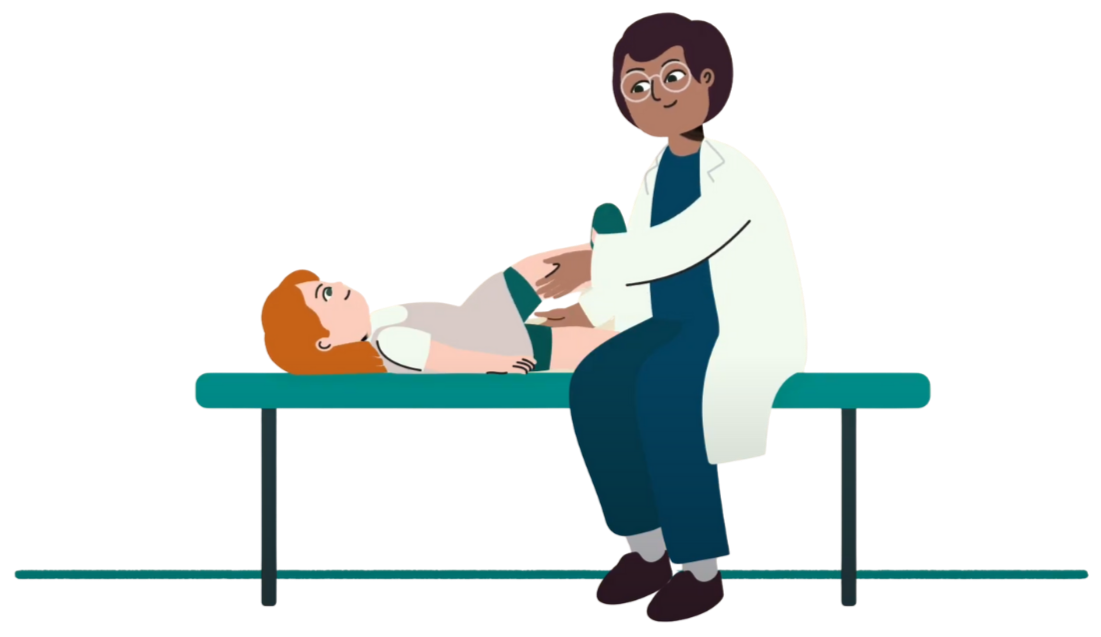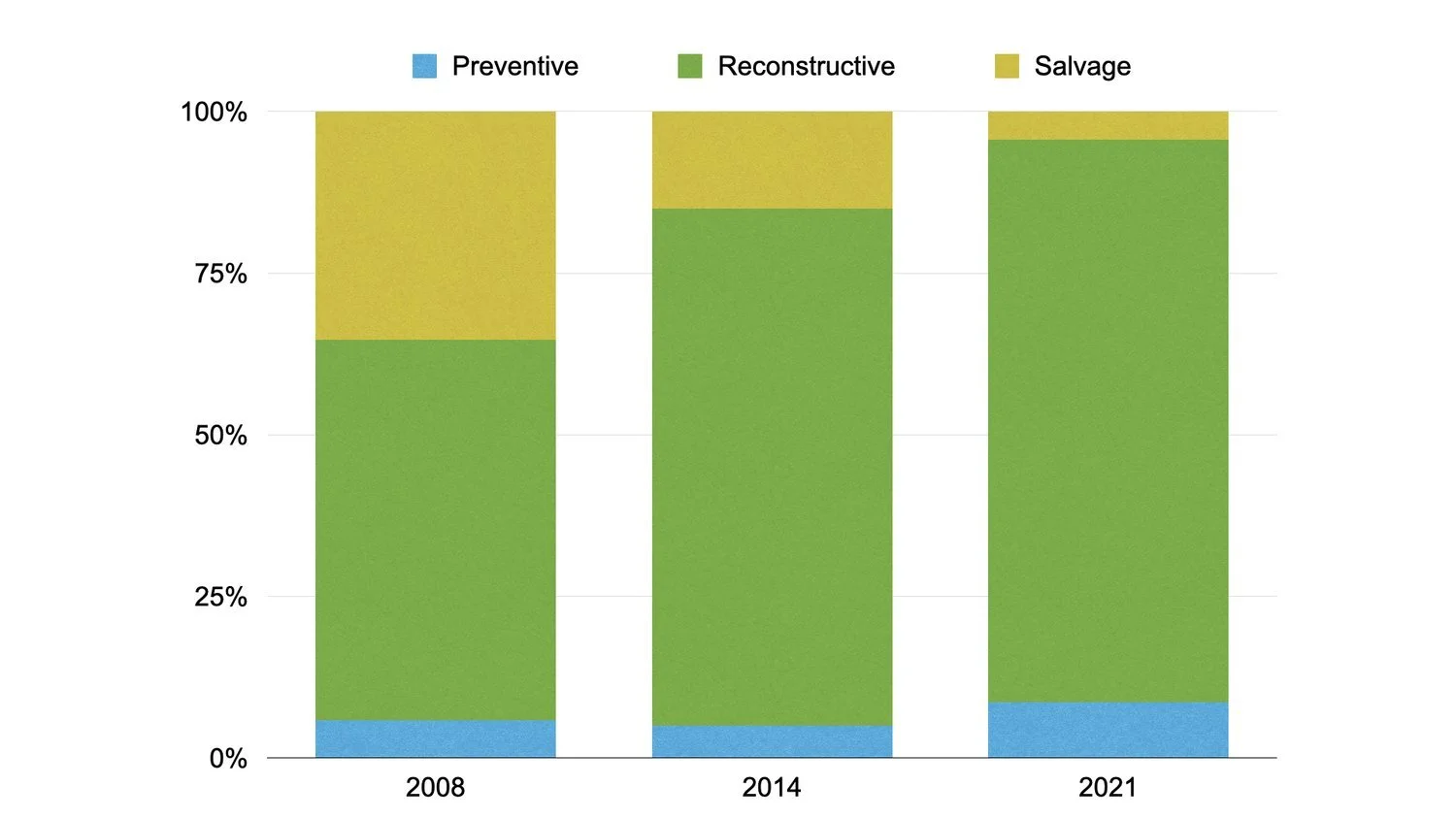Hip Surveillance Program
For Children with Cerebral Palsy
The Child Health BC Hip Surveillance Program for Children with Cerebral Palsy is the first province-wide hip surveillance program of its kind in North America.
Officially launched in 2016, this groundbreaking initiative ensures that children with cerebral palsy (CP) in British Columbia receive appropriate and timely screening for hip displacement.
To date, over 1600 children have been enrolled across the province.
Why Does Hip Surveillance Matter?
While children with CP are born with a normal hip joint, they are at risk of progressive displacement. Increasing displacement is associated with pain, loss of mobility, and decreased quality of life.
35% of children with CP are affected by hip displacement.
The implementation of this program has significantly changed the surgical landscape:
2008–2009: 35% of hip surgeries were salvage procedures
2014: 15% were salvage surgeries
2021: Less than 5% were salvage, mostly among newly arrived patients to BC
Hip surveillance is a structured process of regular monitoring to identify early signs of hip displacement.
When caught early, interventions such as botox, bracing, or reconstructive hip surgery can be highly effective.
What is Hip Surveillance?
Without the early detection that hip surveillance provides, the hip joint may deteriorate to a point where only salvage surgery is possible, a procedure that removes part of the leg bone to reduce pain but does not restore joint function. Salvage surgery has more complications and less favourable outcomes than reconstructive surgery.
Research & Achievements
The Hip Health and Performance Lab is leading over 20 active research projects focused on children with cerebral palsy and other neuromotor conditions. Our work is directly informed by clinical care and aims to improve outcomes for children through evidence-based innovation.
Current research includes:
Outcomes and complications following reconstructive hip surgery
The impact of hip surgery on knee health
The incidence of hip displacement in rare neuromotor disorders such as Rett Syndrome, leukodystrophies, and spinal muscular atrophy
Recent highlights:
Presented “Implementing Hip Surveillance: Moving Beyond the Guidelines” at the 2024 Canadian Physiotherapy Congress and the AACPDM Annual Meeting
Expanding hip surveillance practices to include children with other rare neuromotor conditions
“The hip surveillance program has created a database of patients that are spread across our vast geography.
This has ensured that patients don’t slip through the cracks anymore.”
Community Orthopaedic Surgeon





